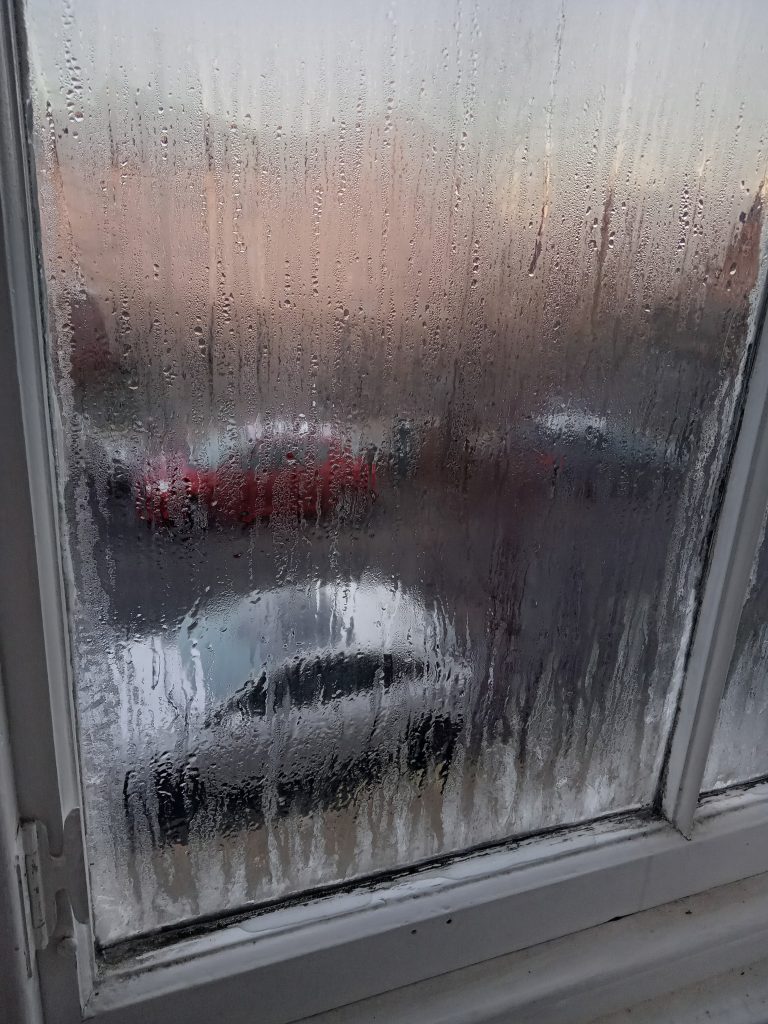Install temporary secondary glazing#
Secondary glazing is expensive and can take time to arrange. If you don’t need to open the windows in winter for ventilation, it is possible to get polycarbonate sheets cut to the size of the window reveal and to mount the sheets, usually using magnetic tape. A good quality polycarbonate should last about ten years without discolouring, but it scratches easily and you’ll need to find a place to store it in the summer unless you never need to open the windows at all.
Historic Environment Scotland says that it is possible to achieve a U-value of 2.4 this way - not as good as better glazing, but enough to make a noticeable difference to comfort. The distance between the polycarbonate and the window glass makes a difference; 12mm is the ideal. There are other materials besides polycarbonate, like acrylic - check the u-values, price, and whether they will get less transparent over time.
There is also a very temporary very cheap option, which is a thick plastic wrap that you tape over the window and then shrink to fit using a hairdryer. It’s a tenth the price, but it blocks a lot of light and every time you need to open the window, you have to start over with a new piece.
It is possible to get condensation between the panes with temporary secondary glazing, especially if the windows are in bad repair and let the rain in. Draughtproofing is more expensive, but it comes first!
If you think this could be a useful solution, you could try one window first.




